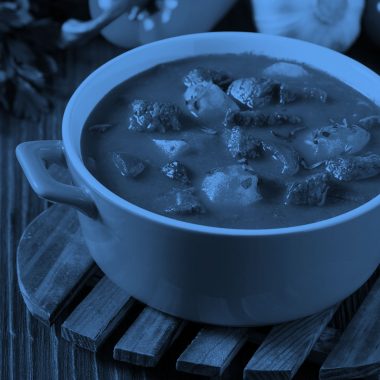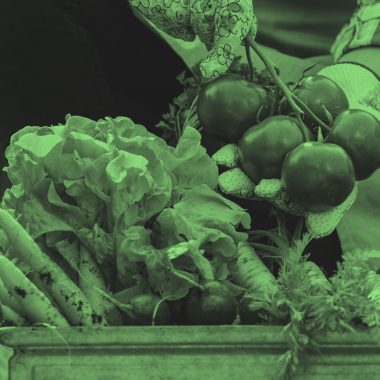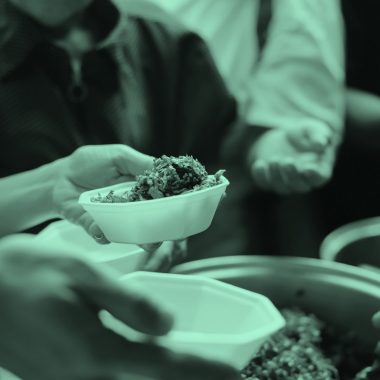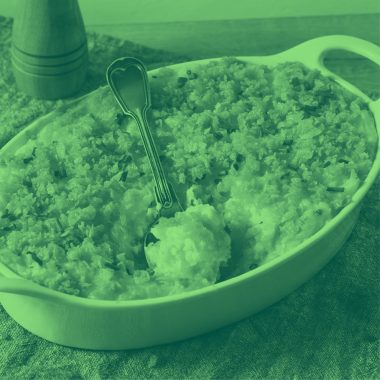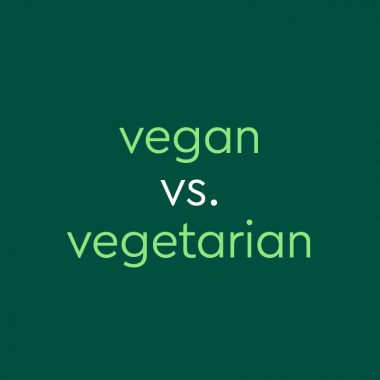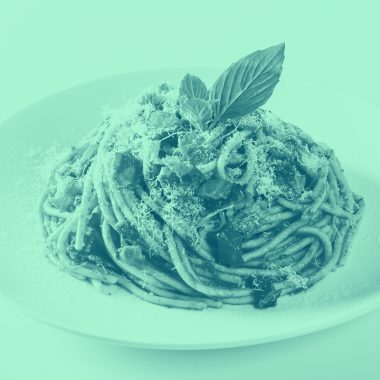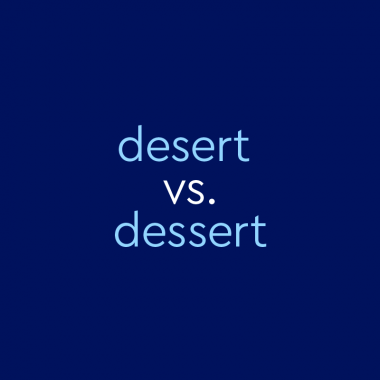Stew vs. Soup: Simmer On The Differences Between Them
Throw a bunch of ingredients in a pot, add liquid, heat it up, and what do you get? That’s actually a harder question to answer than you might think. Dishes made in this way can be labeled soup, stew, broth, bisque, or chowder. When it comes to food, people have strong preferences not only about taste but also about what things are called. In this …
